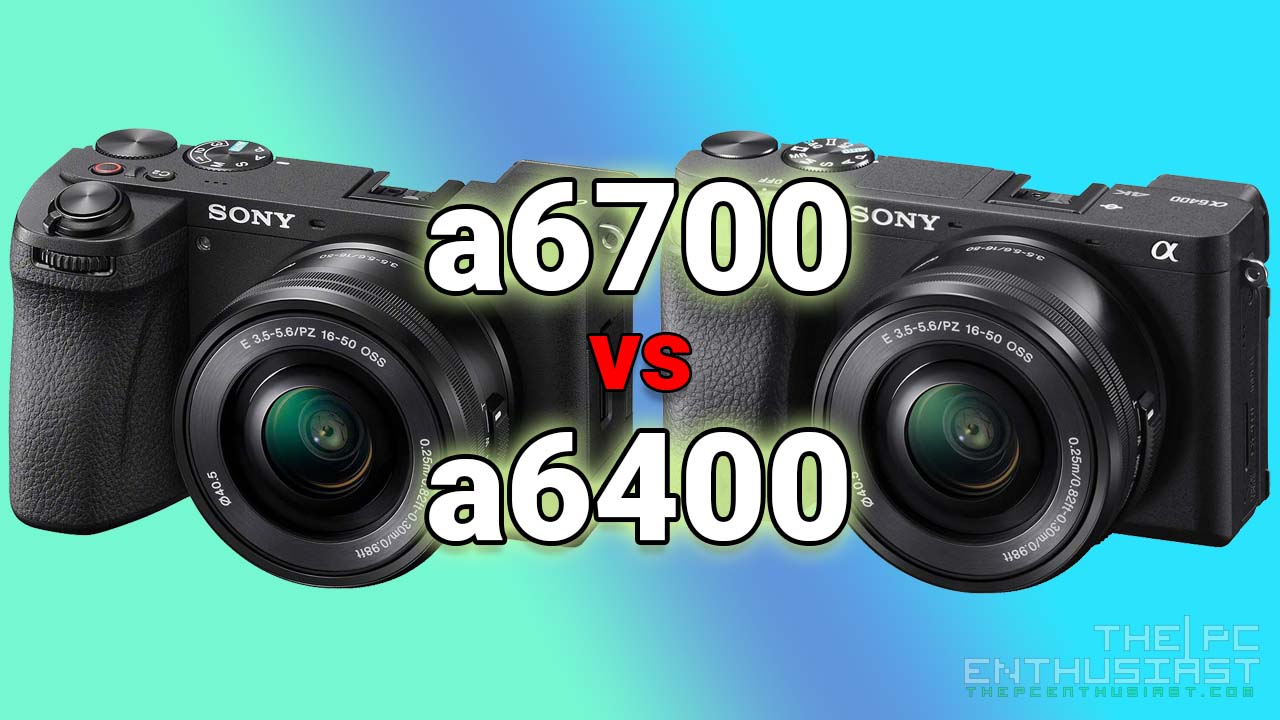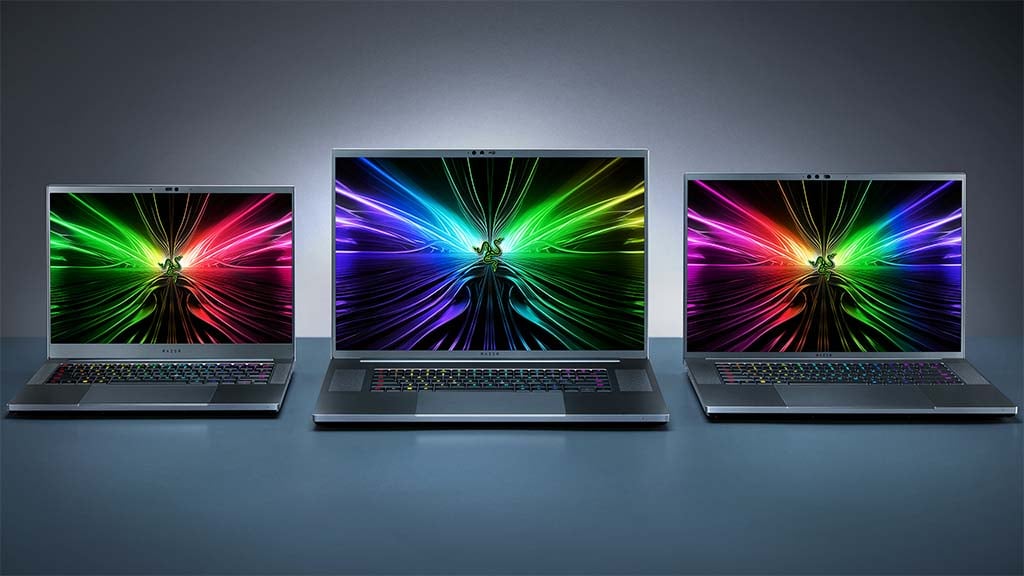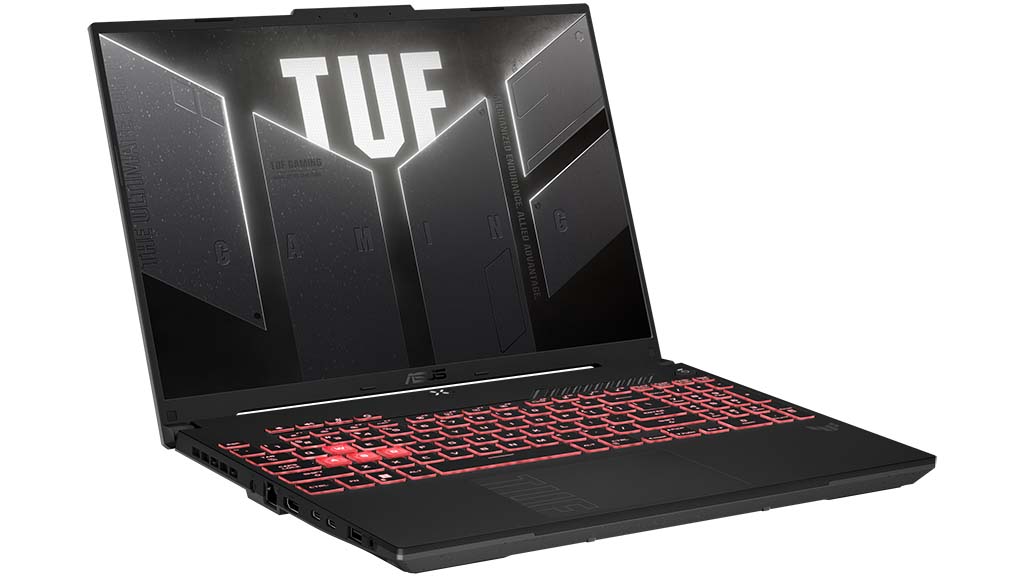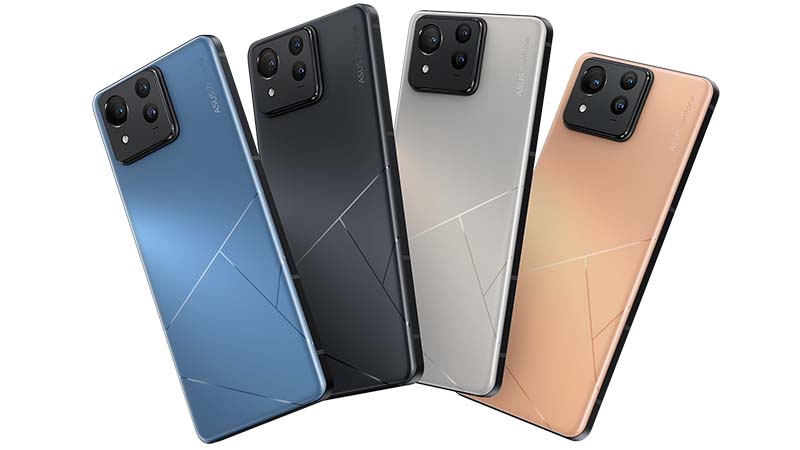Google recently released their latest Android smartphone – the Google Pixel 4. It comes in two variants, like the previous Pixels, Pixel 4 and Pixel 4 XL. Interestingly, the Pixel 4 has a similar (back) design with Apple’s iPhone 11 (Pro) smartphones. They have that same square cut-out on the rear upper portion of the phone for the cameras. Although they don’t exactly have the same set of cameras and features, it is still strikingly similar-looking. In this article let’s check out and compare the Pixel 4 vs iPhone 11 based on their specifications, features and respective prices. Go ahead and learn more about these two smartphones.
Google Pixel 4 vs Apple iPhone 11 Compared
Comparing the Google Pixel 4 vs the Apple iPhone 11 (Pro) is obviously not an apples-to-apples comparison. It’s more like comparing an apple to an orange. Both are smartphones, basically have the same function – call, text, access the web, camera etc. But both are also unique, runs on a different platform, ecosystem and operating system. Both also offers different set of features, unique from one another.
However, what I find mildly infuriating is the fact that the new Google Pixel 4 looks like a knock-off of the iPhone 4. Just look at the back design. Even though Google changed the color and it doesn’t have any notch at the front display, it still looks like they “copied” the iPhone 11. Not to mention, Apple was first to release the iPhone 11.
Anyway, let’s check out what exactly differs and separate them from one another.
Pixel 4 vs iPhone 11 – Design, Display and Body
First of all, both features the typical bar form factor with an all-glass built. The Pixel 4 uses an Aluminum body for its frame / chassis, while the iPhone 11 Pro uses stainless steel; except for the iPhone 11 that also uses Aluminum body. The stainless steel body feels more premium on hand and it’s more robust as well.
The Pixel 4 is available in two sizes, the Pixel 4 and Pixel 4 XL; and comes in three different colors – Clearly White, Oh So Orange, and Just Black. Meanwhile, the iPhone 11 is available in three models and sizes. The iPhone 11 Pro is actually the smallest, followed by the iPhone 11 and the iPhone 11 Pro Max being the largest. The Pixel 4 XL is just a tad taller than the iPhone 11 Pro Max, but the latter is a tad wider. The iPhone 11 is available in 6 different colors, while the iPhone 11 Pro (Max) is available in 4 professional-looking colors. You can check out their dimensions and weight on the specs sheet below.
Both smartphones are rated to be IP68 dust and water resistant. But the iPhones have the better protection since the iPhone 11 Pro is water resistant up to 4m for 30 mins. The Pixel 4 is only water resistant up to 2m for 30 mins.
When it comes to display, both have their own strengths and weaknesses. First, the Pixel 4 features an OLED display, perhaps the Super Retina XDR OLED on the iPhone 11 Pro (Max) is a bit better. But the Pixel 4 features a 90Hz refresh rate, which is noticeable to the naked eye. Motion is much smoother and better on Pixel 4. The Pixel 4 also has always-on display, like several Android smartphones. Unfortunately, Apple hasn’t implemented an always-on display, even though its 2019.
On the flip side, the iPhone 11 Pro features Super Retina XDR OLED with DCI-P3 and True Tone technology. The iPhone 11 Pro’s display is brighter as well. Only the iPhone 11 has the less-exciting display in this comparison, with its 720p resolution.
Pixel 4 vs iPhone 11 – Camera
When it comes to camera, the iPhone 11 Pro (Max) has three cameras: a 12MP main, a 12MP telephoto and a 12MP ultra-wide. However, the non-Pro iPhone 11 doesn’t have a telephoto camera. On the other hand, the Pixel 4 only has two cameras: a 12MP main camera and a 16MP telephoto camera.
As for the camera quality, Google’s Pixel tends to have a more natural-looking colors. While the iPhone 11’s camera tends to be saturated or sometimes a bit over processed. Nevertheless, both the iPhone 11 (Pro) and Pixel 4 offers good camera quality for today’s standard.
Pixel 4 vs iPhone 11 – Features
One reason why the notch on the Pixel phone is no longer present and is replaced by a bigger bezel on top and bottom (chin), is because there are more sensors on the front top area. Aside from the front facing camera, the Pixel 4 also has an improved and (very) fast face ID detection. There is no fingerprint sensor anymore. But the face ID on the Pixel 4 is impressive.
Aside from that, the Pixel 4 also features Soli Motion Sensing chip. This allows the Pixel 4 to detect movements in front of it. Thus, users can do command gestures without touching the phone. Remember LG G8’s Air motion? Similar to that, but I think Google’s implementation is much better and more useful.
The Google Pixel 4 also has other new features like faster Google assistant, 90Hz display, live HDR+ with dual exposure controls, Night Sight with astro-photography and more.
Both the Pixel 4 and iPhone 11s do not have a 3.5mm headphone jack. Some of us don’t mind, but I find it unfortunate not to have it on a smartphone. It’s a good thing that smartphones like the LG V40, still has a headphone jack. Not to mention the LG V40 has a very good built-in DAC for HiFi audio.
Speaking of photography, Apple’s iPhone 11 (Pro) doesn’t have many new features or groundbreaking features. Most of the iPhone 11’s features are innate on iOS13. The new A13 chip also offers longer battery life, but what Apple really pushes is the three new cameras at the back of the iPhone 11 Pro (Max).
Still, I think it’s a bit lackluster in terms of features other than the three cameras. The iPhone 11 (Pro) still doesn’t feature always on display and still uses the old Lightning connector. Speaking of display, the Pro models do have an impressive XDR OLED display, but the iPhone 11 (non-pro) has an underwhelming 720p resolution.
Google Pixel 4 (XL) vs Apple’s iPhone 11 Series – Capacity and Pricing
As for storage capacity, both the iPhone 11 (Pro) and Pixel 4 doesn’t come with a microSD slot. So, you will have to rely on the internal storage instead. The Pixel 4 is only available in 64GB and 128GB variants. While the iPhone 11 is available in 64GB, 128GB and 256GB. The iPhone 11 Pro (Max) is available in 64GB, 256GB and 512GB. Not sure why Apple decided to skip a 128GB capacity in the Pro lineup; but the 64GB is a little bit underwhelming for a “Pro” product.
As for their respective prices, you can check it on the table below.
Google Pixel 4 vs iPhone 11 (Pro / Max) Specifications Comparison
| Specs | Pixel 4 XL | Pixel 4 | iPhone 11 Pro Max | iPhone 11 Pro | iPhone 11 |
|---|---|---|---|---|---|
| Operating System | Android 10 | iOS 13 | |||
| SoC | Snapdragon 855 Octa-Core | Apple A13 Bionic Hexa-Core | |||
| GPU | Andreno 640 Graphics | Apple GPU 4 Cores | |||
| RAM | 6GB LPDDR4X | 4GB LPDDR4X | |||
| Internal Storage | 64GB, 128GB | 64GB, 256GB, 512GB | 64GB, 256GB, 512GB | 64GB, 128GB, 526GB | |
| Display | 6.3" OLED 3040x1440, 19:9, 537 ppi 90Hz Refresh rate, HDR, DCI-P3 100%, Always-on Display | 5.7" OLED 2280x1080, 19:9, 444 ppi 90Hz Refresh rate, HDR, DCI-P3 100%, Always-on Display | 6.5" Super Retina XDR OLED 2688x1242, 19.5:9, 458ppi DCI-P3, True Tone, 800 nits brightness Dolby Vision, HDR10, Haptic Touch | 5.8" Super Retina XDR OLED 2436x1125, 19.5:9, 458 ppi DCI-P3, True Tone, 800 nits brightness Dolby Vision, HDR10, Haptic Touch | 6.1" Liquid Retina IPS LCD 1792x828, 19.5:9, 326 ppi DCI-P3, True Tone, 625 nits brightness Haptic Touch |
| Body Material | Gorilla Glass 5 front/back Aluminum Chassis | Glass front/back Stainless steel chassis | Aluminum chassis | ||
| Camera (Rear) | Main: 12.2 MP f/1.7, 28mm, Dual Pixel PDAF 1.4µm, 1/2.55" sensor with OIS Telephoto: 16MP f2.4, 1.0µm PDAF, OIS, 2x optical zoom | Main: 12 MP f/1.8, 26mm, Dual Pixel PDAF 1.4µm, OIS, Quad LED True Tone Flash, Wide Color Gamut Telephoto: 12 MP f/2.0, 52mm, OIS 1.0µm, PDAF, OIS, 2x optical zoom Wide: 12MP f/2.4, 13mm 120° ultra-wide angle | Main: 12 MP f/1.8, 26mm, Dual Pixel PDAF 1.4µm, OIS, Quad LED True Tone Flash, Wide Color Gamut Wide: 12MP f/2.4, 13mm 120° ultra-wide angle |
||
| Camera (Front) | 8MP f2.0, 1.12µm, ToF 3D camera | 12 MP f/2.2, 23mm wide, SL 3D camera | |||
| Connectivity | USB-C 3.1 (5Gbps) | Apple Lightning | |||
| Wireless Connection | WiFi 802.11 ac wave 2 Bluetooth 5.0 + NFC, A2DP, LE, aptX HD | WiFi 802.11ax with MIMO Bluetooth 5.0 + NFC, A2DP, LE |
|||
| Network | LTE, EVDO, HSPA, CDMA, GSM | LTE, EVDO, HSPA, CDMA, GSM | |||
| SIM Support | 1x nanoSIM + 1x eSIM | 1x nanoSIM + 1x eSIM | |||
| Battery | 3700 mAh | 2800 mAh | 3969 mAh | 3046 mAh | 3110 mAh |
| Charging | 18W Wired Quick Charge 2.0 Qi Wireless Charging | Qi wireless charging | |||
| Additional Features | Project Soli Radar Motion Sensing IP68* (dust and water resistant up to 1.5m for 30 mins) Stereo speakers Face ID only | UWB U1 Chip (Spatial Awareness) IP68* (dust and water resistant up to 4m for 30 mins) Apple Pay | UWB U1 Chip (Spatial Awareness) IP68* (dust and water resistant up to 2m for 30 mins) Apple Pay |
||
| Colors | Just Black, Clearly White, Oh So Orange | Space Gray, Silver, Gold, Midnight Green | Black, Green, Yellow, Purple, Red, White | ||
| Price | 64GB - $899 128GB - $999 | 64GB - $799 128GB - $899 | 64GB - $1099 256GB - $1249 512GB - $1449 | 64GB - $999 256GB - $1149 512GB - $1349 | 64GB - $699 128GB - $749 256GB - $849 |
| Dimensions | 160.4mm x 75.1mm x 8.2mm | 147.1mm x 68.8mm x 8.2mm | 158mm x 77.8mm x 8.1mm | 144mm x 71.4mm x 8.1mm | 150.9mm x 75.7mm x 8.3mm |
| Weight | 193 grams | 162 grams | 226 grams | 188 grams | 194 grams |
| No Support / Missing Feature | microSD slot 3.5mm headphone jack Fingerprint sensor | microSD slot 3.5mm headphone jack Fingerprint sensor Always-on display |
|||
So, which smartphone appeals to you the most? Both the Google Pixel 4 and Apple’s iPhone 11 (Pro) have their own strengths and weaknesses. The iPhone 11 is the cheapest in this comparison, followed by the Pixel 4 and Pixel 4 XL. The iPhone 11 Pro and Pro Max remains to be the most expensive.








